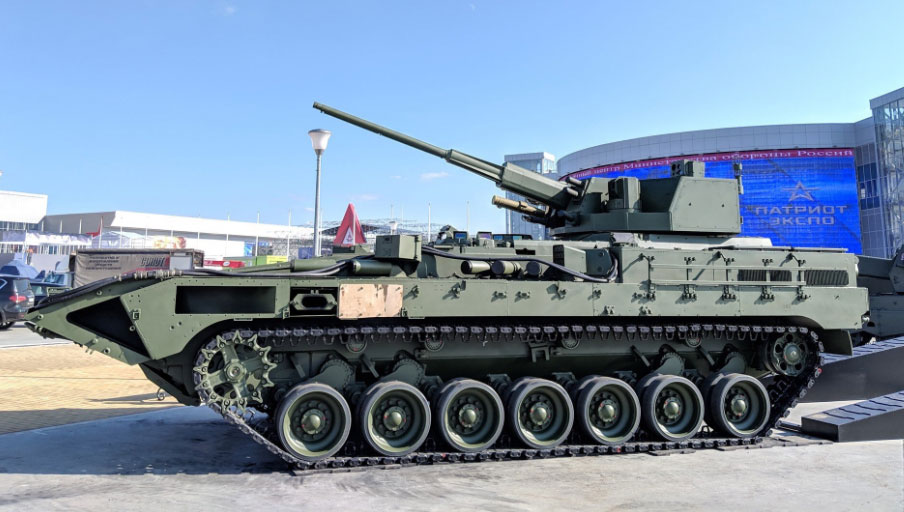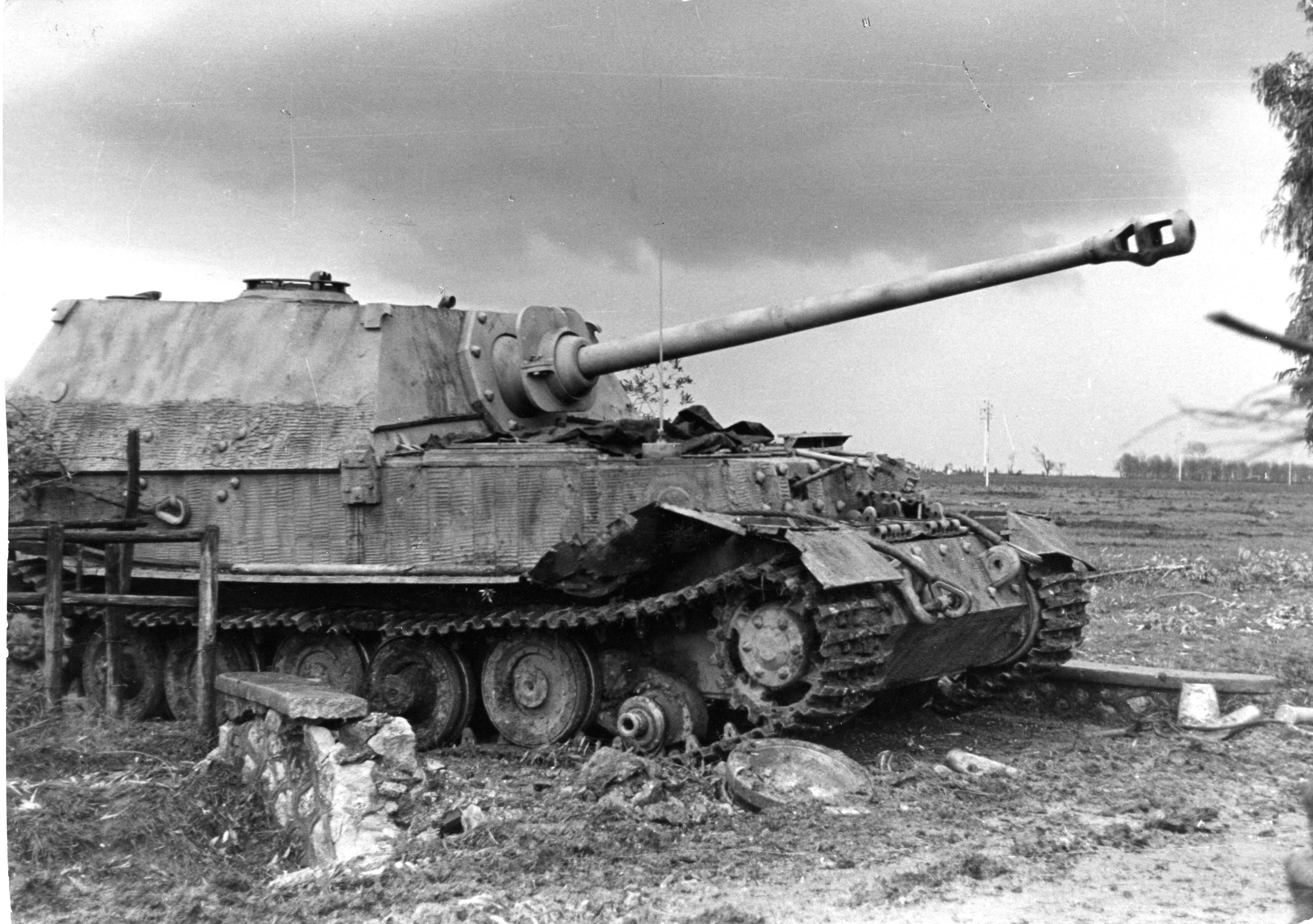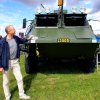About an unexpected meeting
It's a windy sensational day in August 2018. There are a lot of people, because it was a long time since the Armed Forces organized a flight day in Uppsala. I'm navigating through the sea along with my family.
We drag around and look stubborn at field exhibitions of trucks, armored vehicles, artillery jets, radar facilities, tractors and peripherals. And then I see you standing there on the grass. A strange feeling comes upon me, and it's as though everything stops.
I recognize you.
I go closer and choke a little joy when your signpost confirms my irritating feeling. "13005".
Yes you are.
You have got a new color, and a lot have you been remodeled and renovated. But it's still you - Ragnarök.
You stand there, completely anonymous in the crowd.
If only you knew, I think.
If you knew how many lives just this anonymous, forgotten armored car has saved.
I know that you remind them all, Ragnarök.
On a summer day 1993 we picked you up at Frihamnen in Stockholm. You were shining new. Delivered directly from the factory in Finland to a bunch of eager escorts and escorts soldiers at BA01 - the first armored battalion that would soon be in Bosnia's war.
Me and my group manager borrowed you to buy goodies for the plot after a tiring day on P10 in Strängnäs. The admiration certainly impressed at the local terrain car club there outside the kiosk, but not on our managers. That boy's line got me home like this before we even came to Bosnia.
We had not had you many days before we thought you needed a gungun. We still had so many so we did not know where we would do of them. We escorts and escorts soldiers therefore chose not to put the pluton's favorite fare on pizza and a beer. Instead, we rented - black - a mechanical workshop in Västerås. One night when we should all have slept, you and the other three SISU wagons in the platform rolled out through the gates. In the wreckage it was cut and welded, and when you rolled back in through the founders early in the morning, you had a new, fresh and nice killer whip in the stern. It did not impress at the vehicle's vehicle manager at the time, but was still so successful that it became standard on all SISU wagons in the Armed Forces.
We practiced hard there in Strängnäs. So hard we got barked by the poor drivers. We threw hand grenades a bit too close so the expensive puncture-proof tires were replaced and we tried to shoot a huge grenade rifle from the roof of one of your three SISU friends in the platform. It went well, except that the antennae blew off and a gap for the pressure. And we got more bark.
The ups and downs in Strängnäs were exchanged seriously. In spite of all the playfulness here at home there was a war we were going to have. And you went first of all. Already in mid-September 1993, you flew alone in a Hercules plane down to Sarajevo. You almost did not get a seat, but with the help of an arc saw cut some of the railing on the roof, and then you could get back into the airplane. Together with the battalion manager Ulf Henricsson, you were the very first of the battalion's vehicles who betrayed Bosnian land - a couple of weeks before we even crossed the front.
You were the first vehicle in the battalion that was spilled. At Tuzla Airbase already first or second then. Then you became the first of our vehicles hit by shells like that too. It was in Olovo, already a couple of weeks after we got in place.
Then everything lost seriously. In Vares. And of course you went there, fast as the eye.
The village of Stupni Do is subjected to a massacre, but you save him the survivors from their pursuers. True, we did not really get it, because it was "taking a stand in the conflict," thought a pear to UN heights. But we broke in, and you filled your entire trailer with save, broken people who just got their lives crushed. More than that actually took place. You remember that girl, Ragnarök. She with the long hair. She who had her nearest murdered before her eyes, and exposed to all that unimaginable, wretched. I never forget her story, and I never forget her.
You were the first to force a roadblock in the battalion too. In Vares. Do you remember that, Ragnarök? So save we were, but we did. And you took us out safely and safely. You forced five roadblocks under BA01, Ragnarök. I think no other vehicle we had in the battalion hit it.
And when we decided to go into Stupni Do, even though they tried to stop us with their weapons. Then you rolled in, first of all, with battalion manager Ulf Henricsson on board. We revealed that what she told the girl with the long hair that it was true. It was terrible. All these dead. Young, old, women, children. Yes, not even the kids, they had been spared. Do you remember that yellow baby boyfriend lying abandoned in the sled, Ragnarök. Fy fan. I still do not know what to say other than that. Fy fan.
Do you remember when we would help the UNHCR to seek refugees outside Doboj in January -94? When they suddenly started shooting grenades on us. And how many bullets. We had a local guide who got a splitter in the lung there outside of your safe armor, but both he and our soldier colleagues were safe and you protected me. Those bullets fell from your sides as if they were just fists of gravel. You did not even complain when one of the grenades hit the right front wheel and scraped the rear mirror. You took us away from there, although it was a bit slow with two wheels fewer. The guide apparently made him, too.
When that artillery grenade killed 68 people and injured 144 on the market in Sarajevo on February 5, 1994, you quickly went there and helped. Those who went by the way went on the shelter in SISU, but their relatives, they brought you. You protected them from grenades and bullets from the sniper. And you ended up in CNN. Do you remember that child sitting in her mother's knee on the bench in your backpack? His father went on a back in the hospital SISUn behind. They were so worried, but that little boy hurried no longer to fear the bangs outside. It was too much. He had stopped feeling. You let them go to Sarajevo Airport, and then they flew to a hospital in Europe. I wonder how it happened to that boy, Ragnarök. I wonder what he's doing today and how he's doing.
And all those exchanges you protected. Lord, all the human insanity you have seen, Ragnarök.
You would have been to Gradacac to help make a bridge, but at that time the group borrowed another SISU. Why do not I remember. But she did not have the same trip as you, Ragnarök. She got a break in the middle of the front line and was later shot off by everything. She is in pieces after being met by two armored military robots. The group was lucky and departed, but it should have been you who stood there completely burned out, Ragnarök.
But it was not. Because you've always been lucky with you. And it has infected everyone who went with you.
Do you remember the girl we saved, Ragnarök? She with the long hair. For all years, I did not know if she lived, but she contacted me via Facebook three years ago. And I met her last spring. She is amazing. She lives in Stupni Do and has created a really good life. She has married and has two nice children now. Just like me, Ragnarök. A boy and a girl. I've met them too. I follow them on Facebook. Two amazing youngsters struggling with studies and work in Bosnia. Just today they are on vacation in Dubrovnik. But they had not existed at all if we had not first come and found their mother that time twenty-five years ago.
This year, I even wrote a book about our adventures together. It's called Half a year, a whole life. You are in it. It describes your first year on earth. Think so much you must have done in the twenty-five years since you and I shared half a year - and one whole life - together.
Here you are now in the middle of the people's sea, and none of the nearly 100,000 people who are here right now have a clue about how unique you are. But I know, Ragnarök, anyway. And I want to introduce you to my children. A girl of fourteen and a boy of ten. They are the best I know, and they had not been without you, Ragnarök. I intend to tell you all about who you are for them, what we experienced together and what you meant to me and so many others.
Thank you, Ragnarök.












